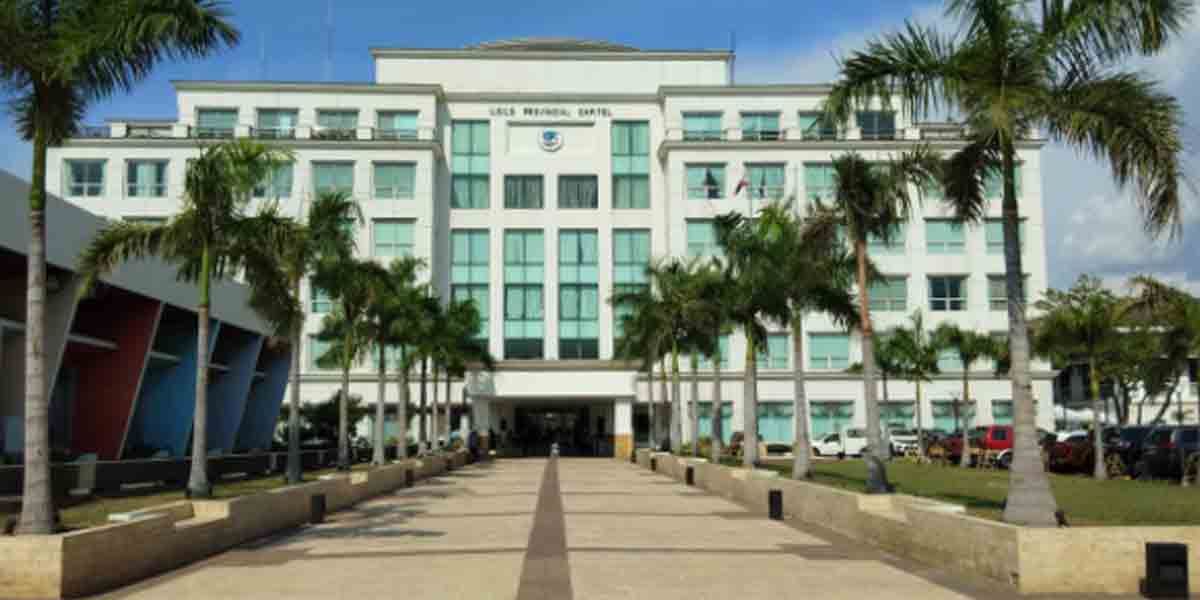
By Francis Allan L. Angelo
The Philippines is facing more extreme weather patterns as climate change accelerates, according to the latest Philippine Climate Change Assessment (PhilCCA) report.
The country has seen significant increases in sea levels, rising temperatures, and stronger tropical cyclones, posing challenges to millions of Filipinos in vulnerable coastal and agricultural communities.
The report noted that sea levels around the Philippines have risen by up to 10 centimeters from 1993 to 2015, faster than the global average.
“Sea level rise increases the risk of flooding and saltwater intrusion, which can affect agricultural productivity and freshwater resources,” the report stated.
Rainfall patterns have also shifted, with more intense monsoon seasons observed in recent decades.
The average annual rainfall has risen since 1995, likely linked to the Pacific Walker circulation and changes in the Atlantic Multidecadal Oscillation, which influence the country’s weather systems.
However, despite these trends, no significant long-term trend has been identified in mean annual rainfall between 1961 and 2020.
The Philippines is experiencing more extreme rainfall events, which increase the risk of flash floods and landslides, the study added.
Stronger tropical cyclones are another emerging concern. While the overall number of tropical cyclones entering the Philippine Area of Responsibility may slightly decline, the intensity of these storms is expected to increase.
The report warned that typhoons under a high-emissions scenario, known as RCP 8.5, will become more powerful and lead to greater damage across the archipelago.
The PhilCCA calls for stronger measures in climate adaptation and mitigation, highlighting the need for updated climate data and models to understand the local impacts of global warming.
“It’s imperative that we continue improving our climate models and prepare for the worst-case scenarios,” the report urged.
Increased investments in disaster risk reduction and climate-resilient infrastructure are crucial to protect communities, especially in the agricultural sector, which is most vulnerable to climate change.
The agricultural sector, which contributes around 10% to the country’s GDP, could face devastating losses from more frequent typhoons and irregular rainfall.
Rice, the nation’s staple crop, is particularly at risk due to its sensitivity to both drought and flooding, with production losses potentially exceeding PHP 26 billion annually by 2050 under severe climate scenarios.
Climate experts agree that while mitigation strategies like reducing carbon emissions are essential, adapting to the changing climate is equally important for the Philippines. Adaptation strategies must include safeguarding vulnerable communities, improving water resource management, and enhancing disaster preparedness, the report indicated.
With global temperatures projected to continue rising, the country must brace for a hotter, wetter, and more cyclone-prone future, the report warned.
“Climate change is no longer a distant threat; it’s a reality we are living in today,” said Jose Ramon Villarin, one of the lead authors of the report, during a media forum last week. “Every year of inaction costs lives, livelihoods, and billions of pesos in damages.”




















